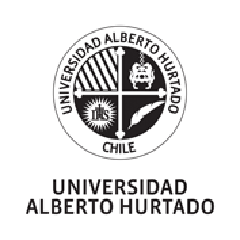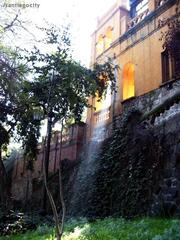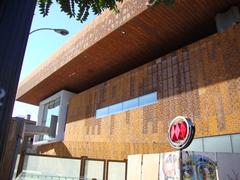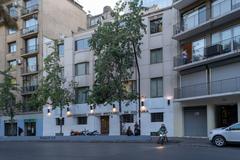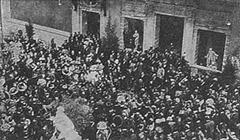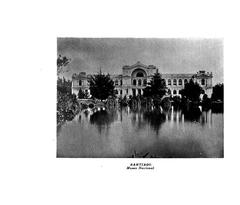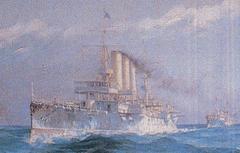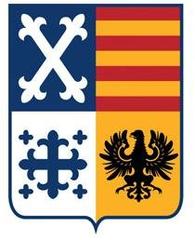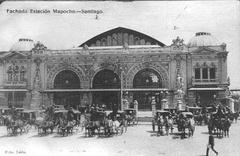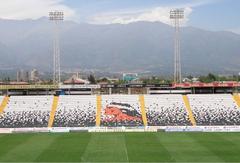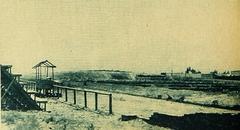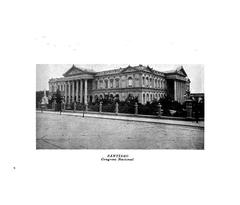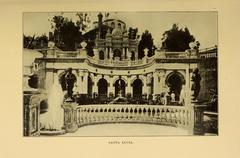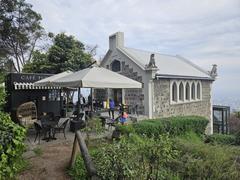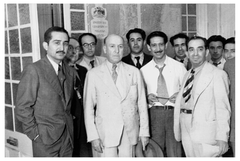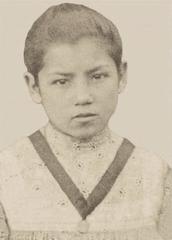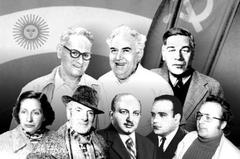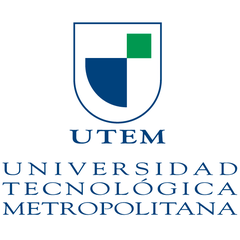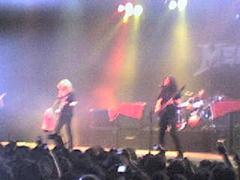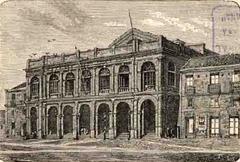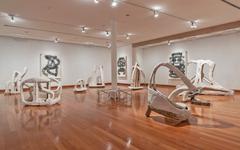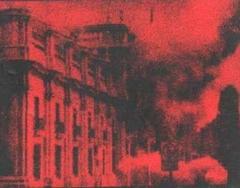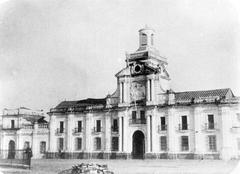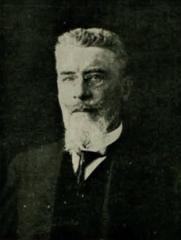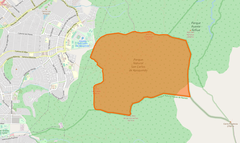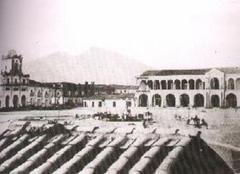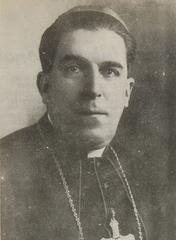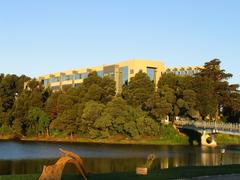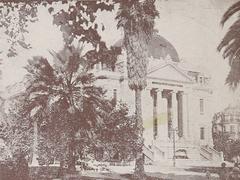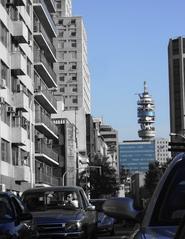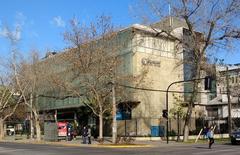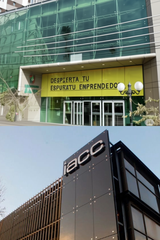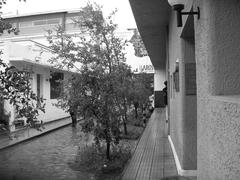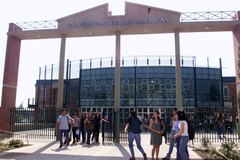
Hipódromo Chile: Visiting Hours, Tickets, and Historical Significance in Santiago
Date: 04/07/2025
Introduction
Hipódromo Chile, a celebrated racetrack nestled in Santiago’s vibrant Independencia district, is renowned not just for its thrilling horse races but also for its deep cultural roots and architectural charm. Since its inauguration in 1904, it has grown from a pioneering sporting facility into a cherished social and cultural landmark. Whether you are an avid racing enthusiast, a lover of history, or a curious traveler, Hipódromo Chile offers a unique window into Chilean equestrian traditions and Santiago’s urban life (Wikipedia; Horse Racing South America).
This comprehensive guide details Hipódromo Chile’s history, cultural importance, visiting hours, ticketing, accessibility, travel tips, and nearby attractions—ensuring an engaging and seamless experience.
Table of Contents
- Introduction
- Historical Overview
- Visiting Hipódromo Chile
- Notable Races and Events
- Architectural and Structural Features
- Hipódromo Chile in the 21st Century
- Frequently Asked Questions (FAQs)
- Conclusion
- References
Historical Overview
Origins and Early Development
Hipódromo Chile was officially inaugurated on September 19, 1904, born from the vision of local businessmen and racing enthusiasts aiming to create a modern venue dedicated to thoroughbred racing. Its establishment responded to Santiago’s growing appetite for equestrian sports, offering a northern complement to the already established Club Hípico de Santiago.
The original complex featured a classic 1,800-meter dirt oval, grandstands for thousands, and extensive stabling facilities. Almost immediately, it became a focal point for the city’s sporting and social life, drawing crowds from across the region for regular race meetings and prestigious competitions (Wikipedia).
Expansion and Modernization
Over the decades, Hipódromo Chile underwent significant modernization. The 1930s and 1940s brought Art Deco upgrades to the grandstands, an architectural style that remains a defining feature. Racing surfaces were improved, and in the post-war years, amenities like enhanced betting facilities, improved lighting for night races, and expanded hospitality services were added.
Signature races, notably the Gran Premio Hipódromo Chile established as a Group 1 event, elevated the venue’s status and attracted national attention (Los Magos Hípicos).
Cultural Significance and Community Role
Hipódromo Chile is more than a racetrack—it is a living cultural hub. Race days are lively, inclusive events uniting people from all backgrounds. Affordable admission and easy access attract families and working-class Santiaguinos, reinforcing a sense of tradition and community. The racetrack is frequently featured in Chilean literature and media, and its economic impact extends from jockeys and trainers to vendors and administrative staff (HorseLife).
The site also hosts art exhibitions, music festivals, and community events, further cementing its status as a unifying space within Santiago (TheCasinos.com).
Visiting Hipódromo Chile
Visiting Hours
Hipódromo Chile opens on race days, typically Thursdays, Saturdays, and select Sundays. Gates generally open about an hour before the first race (often around 1:00 PM) and close after the last race, which can run until 8:00 PM. For the most current schedule, check the official website or Solo Hípica.
Tickets and Admission
General admission ranges from 2,000 to 5,000 Chilean pesos (approx. $2–$5 USD), with premium seating and hospitality packages available for major events. Tickets can be purchased at the entrance or online via the official website or authorized vendors. Advance booking is recommended for popular race days.
Accessibility
Hipódromo Chile is wheelchair-accessible, with ramps, accessible restrooms, and designated seating areas. Visitors with special needs are encouraged to contact the venue in advance for tailored assistance.
Getting There and Travel Tips
- Location: Av. Hipódromo Chile 1715, Independencia, Santiago.
- Metro: The nearest metro station is Cementerios (Line 2), about a 10-minute walk from the racetrack (World of Metro).
- Bus: Multiple bus routes serve the area.
- Taxis/Ride-sharing: Uber and Cabify are widely available.
- Cycling: Santiago’s bike lanes and sharing programs make cycling feasible (World of Metro).
- Payment: For public transport, a Bip! Card (cost: 1,550 pesos) is required (The Nomadic Guy).
Guided Tours and Special Events
Guided tours are occasionally offered, especially during major events or educational programs. These provide behind-the-scenes access and insights into the racetrack’s history. Inquire at the venue or check the official website for updates.
Nearby Attractions in Santiago
- Cementerio General de Santiago: Explore one of Latin America’s largest cemeteries.
- Bellavista Neighborhood: Known for nightlife, dining, and arts.
- Museo de la Memoria y los Derechos Humanos: A powerful historical museum.
- Plaza de la Independencia: A local cultural hub.
Notable Races and Events
- Gran Premio Hipódromo Chile: The marquee Group 1 event held annually in May (Solo Hípica).
- Clásico St. Leger & Clásico El Ensayo: Cornerstones of the Chilean Triple Crown (Wikipedia).
- Copa Jackson: A key Derby trial (Los Magos Hípicos).
- Festivals & Concerts: The racetrack hosts events like the Metal Beer Open Air and Respira Festival (Songkick).
Architectural and Structural Features
The main grandstand boasts striking Art Deco architecture, panoramic track views, and a blend of seating options from general admission to VIP suites. The 1,800-meter left-handed dirt track and extensive stabling (accommodating over 1,000 horses) are supported by modern veterinary and training facilities. Recent upgrades include electronic wagering terminals and online betting platforms. On-site amenities include restaurants, bars, and retail outlets.
Hipódromo Chile in the 21st Century
As of 2025, Hipódromo Chile blends tradition and innovation. Digital enhancements such as live streaming and interactive betting engage younger audiences, while social media and community events reinforce its role as a cultural landmark. The venue continues to adapt, serving as both a sporting center and a site for cultural expression (Solo Hípica).
Frequently Asked Questions (FAQs)
What are Hipódromo Chile’s visiting hours?
Typically open on race days (Thursdays, Saturdays, select Sundays), from around 1:00 PM to 8:00 PM. Check the official website for updates.
How can I buy tickets?
Tickets are available online and at the entrance. Advance purchase is recommended for popular events.
Is the venue accessible for people with disabilities?
Yes, with ramps, accessible restrooms, and designated seating.
Are children allowed?
Yes, Hipódromo Chile is family-friendly.
Can I use public transportation to get there?
Yes, the nearest metro is Cementerios (Line 2); several bus routes also serve the area.
Conclusion
Hipódromo Chile stands as a beacon of Santiago’s sporting, cultural, and social life. Its historic architecture, vibrant race days, and multifaceted events offer an authentic Chilean experience. Accessible public transport, affordable ticketing, and dedicated facilities ensure every visitor feels welcome. Whether you seek the thrill of the races, a taste of Chilean tradition, or simply a lively day out, Hipódromo Chile is a must-visit landmark.
To plan your visit, check the latest schedules and ticketing information, and explore more about Santiago’s culture and attractions. For continued updates and exclusive content, download the Audiala app and follow Hipódromo Chile’s official social media channels.


